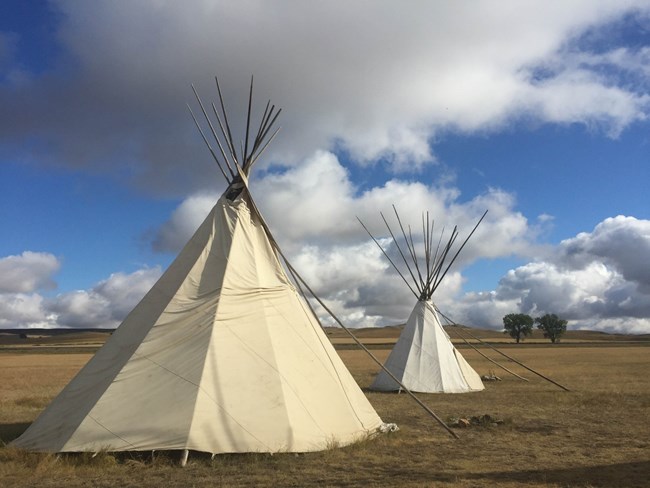Learn about NRCAs
The Natural Resource Condition Assessment (NRCA) Program provides framework, funding, and publishing support to parks to aid in the synthesis and documentation of natural resource conditions. Condition assessment reports are a tool to describe selected park resources, and record a snapshot of their current condition, identify trends, and identify potential or current threats and stressors. Understanding the condition and trend of natural resources is key for parks and NPS planners to appropriately prioritize and allocate stewardship resources.

NPS/Victoria Stauffenberg
Traditional NRCA Report: 2014
In an effort to better understand the natural resources and processes present in this site, a Natural Resource Condition Assessment was conducted and published in 2014. This assessment was a collaborative effort between National Park Service representatives and St. Mary’s University of Minnesota. This team examined park needs and available data, and chose 11 resource topics to evaluate:
- Riparian forest community |
||
- Natural prairie community |
||
- Small mammals |
||
- Reptiles and amphibians |
||
- Air quality |
||
- Water quality |
||
- Reconstructed prairie community |
||
- Birds |
||
- Soundscape |
||
- Viewshed |
||
- River and stream geomorphology |
For other reports and natural resource datasets visit the NPS Data Store.
Source: NPS DataStore Collection 7765 (results presented are a subset). To search for additional information, visit the NPS DataStore.
Last updated: August 15, 2022
